Formation of Cavitation in Slurry Pumps (Part 1)
In the application of slurry pumps, we often pay attent [...]
In the application of slurry pumps, we often pay attention to the temperature and vibration of the pump, but cavitation is rarely considered. However, cavitation is a potential danger in some critical operating conditions of slurry pumps. So how can we detect cavitation in slurry pumps? Today, the slurry pump manufacturer will explain it.
Cavitation generally occurs during the pumping process and is a phenomenon that can cause significant damage to slurry pumps. It is a direct result of improper operating conditions.
Currently, we understand that cavitation is caused by the change in fluid velocity when it passes through the impeller: when the fluid enters the pump chamber through the inlet, the pressure drops slightly. Different pump models have different pressure drops, which are not fixed. At the impeller inlet, there is a significant pressure drop. If the pressure at the impeller inlet is lower than the vaporization pressure of the pumped liquid, the first change in the cavitation process occurs, which is the formation of vapor bubbles.
When the vapor bubbles are transported to the impeller blades under the action of centrifugal force, they are immediately subjected to increased pressure and undergo a series of movements, resulting in the second change in this process, which is the collapse of the vapor bubbles. At the moment of bubble collapse, the fluid surrounding the bubbles rapidly fills the cavity formed by the condensation and rupture of the bubbles, creating a strong shock wave. Although a single shock like this may seem insignificant, the repetitive nature of these shocks can cause damage far beyond the capability of most impeller materials, resulting in their failure.
These are the reasons for the formation of cavitation.

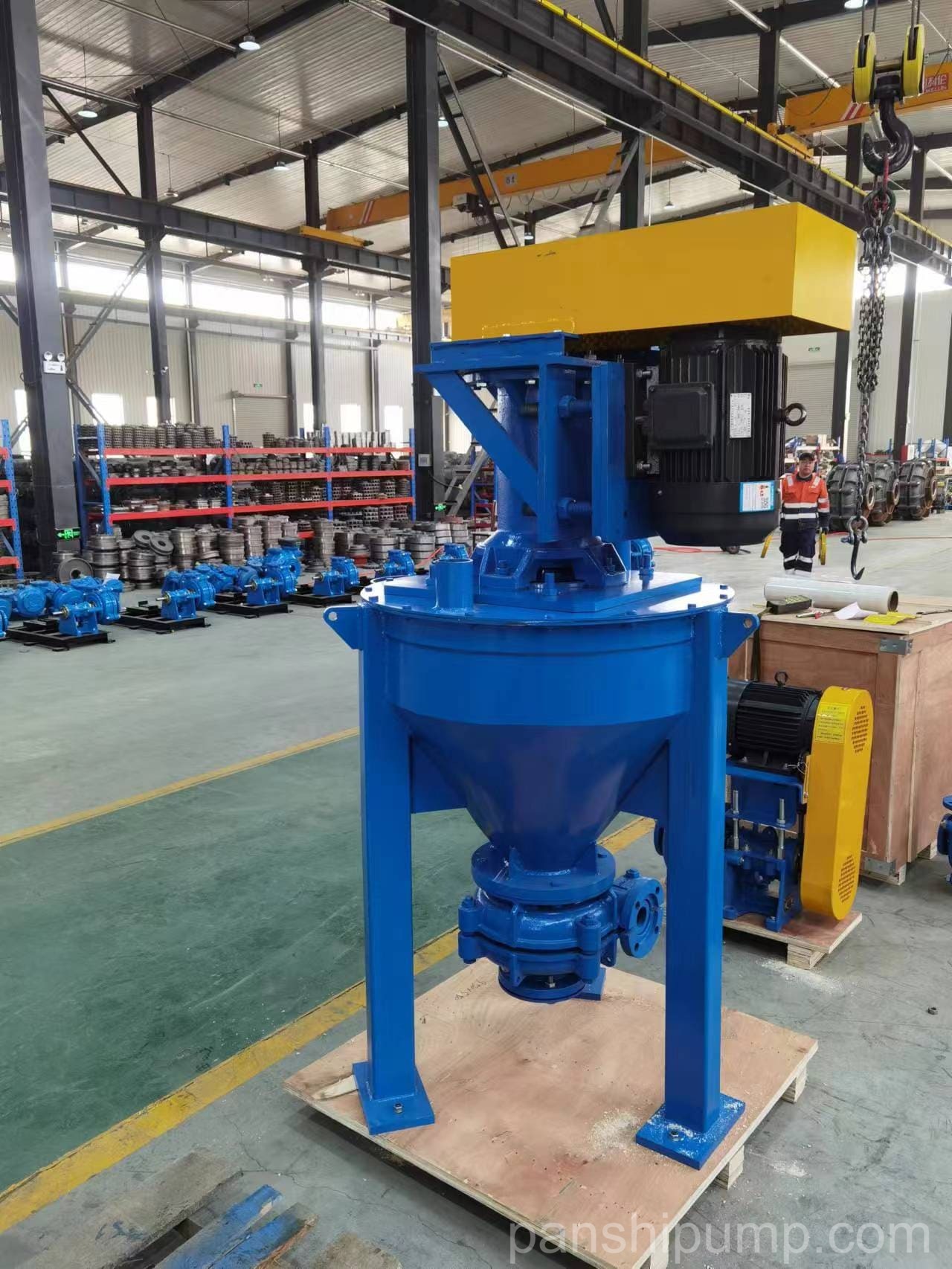
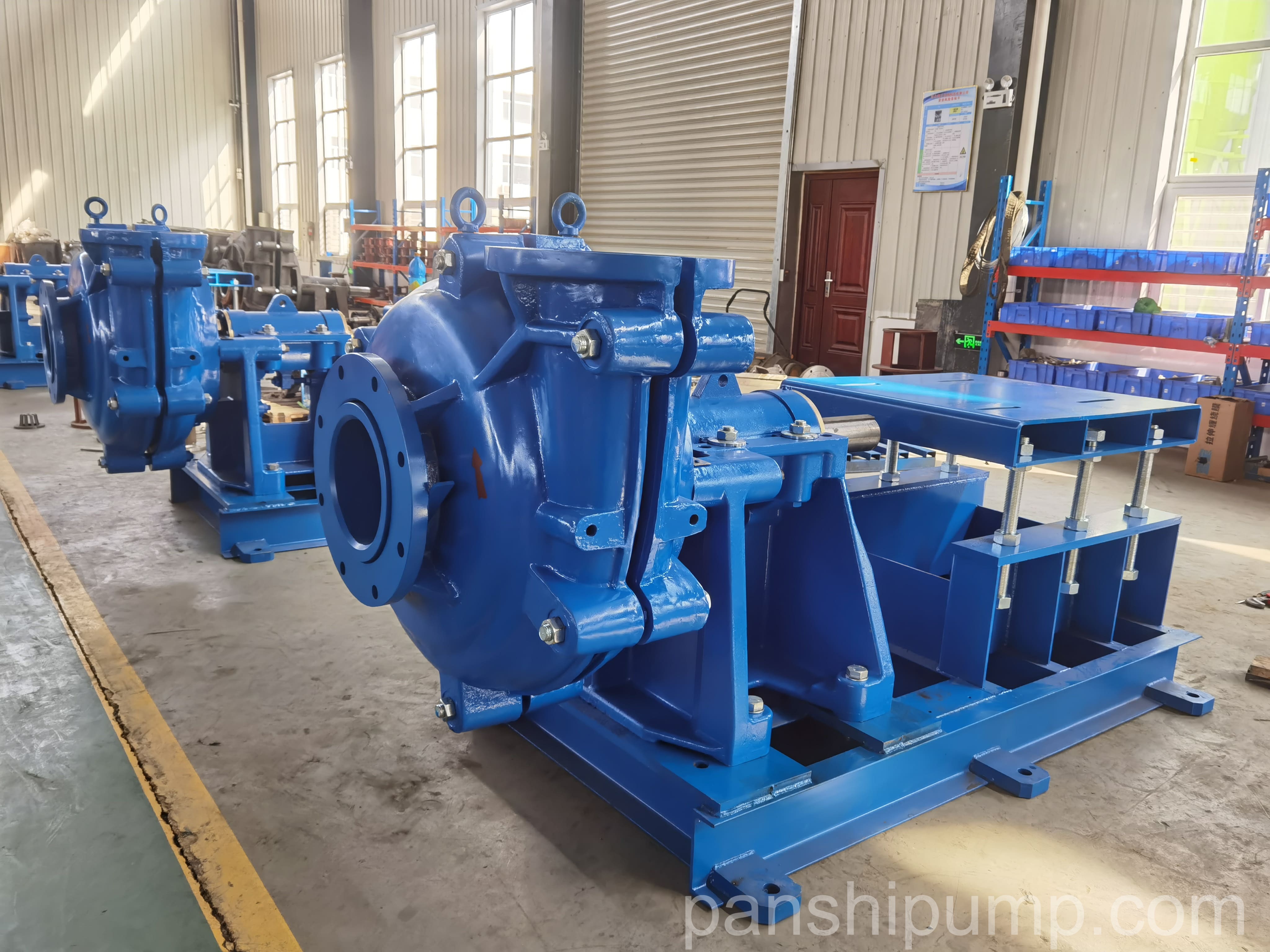
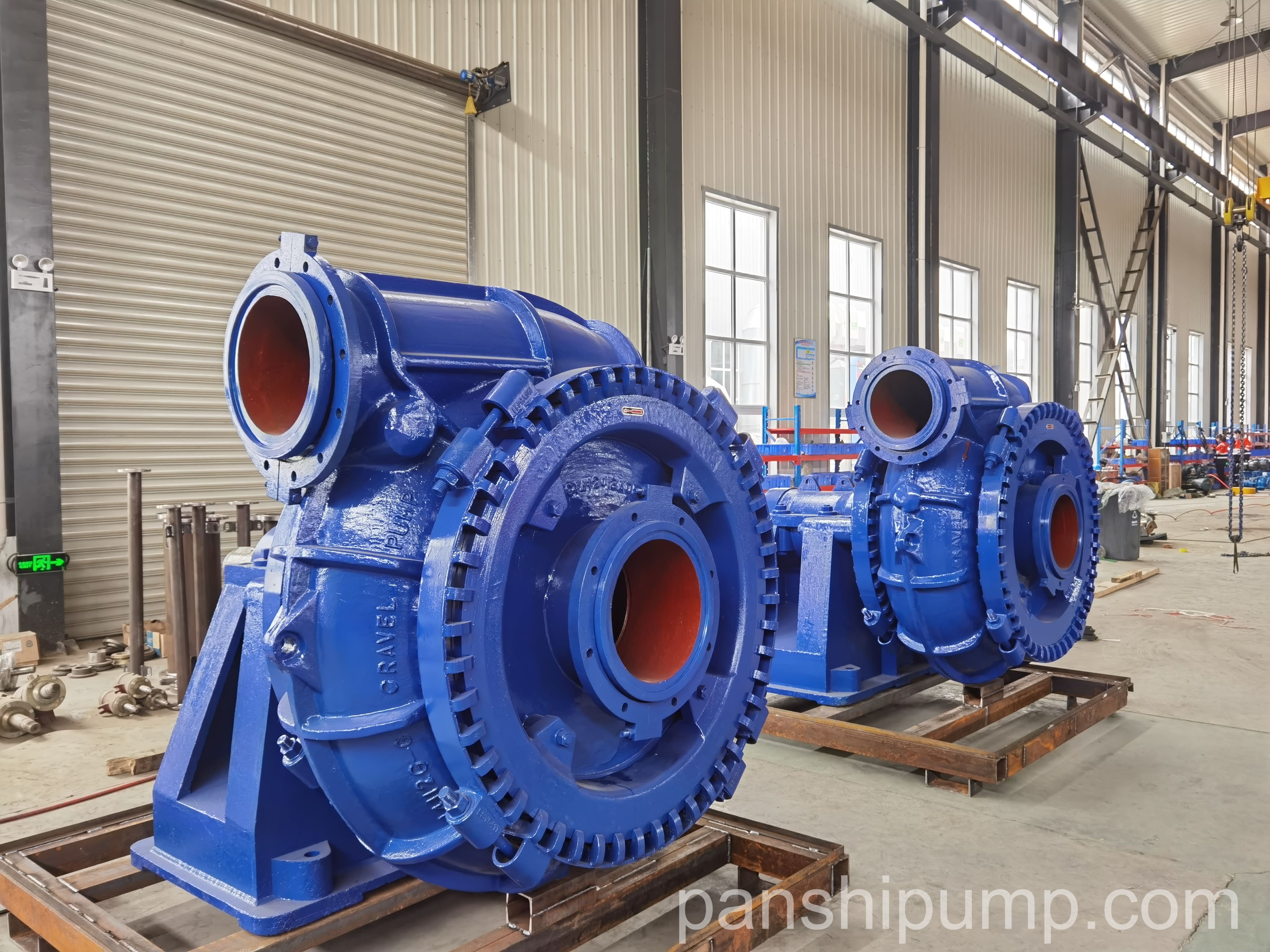
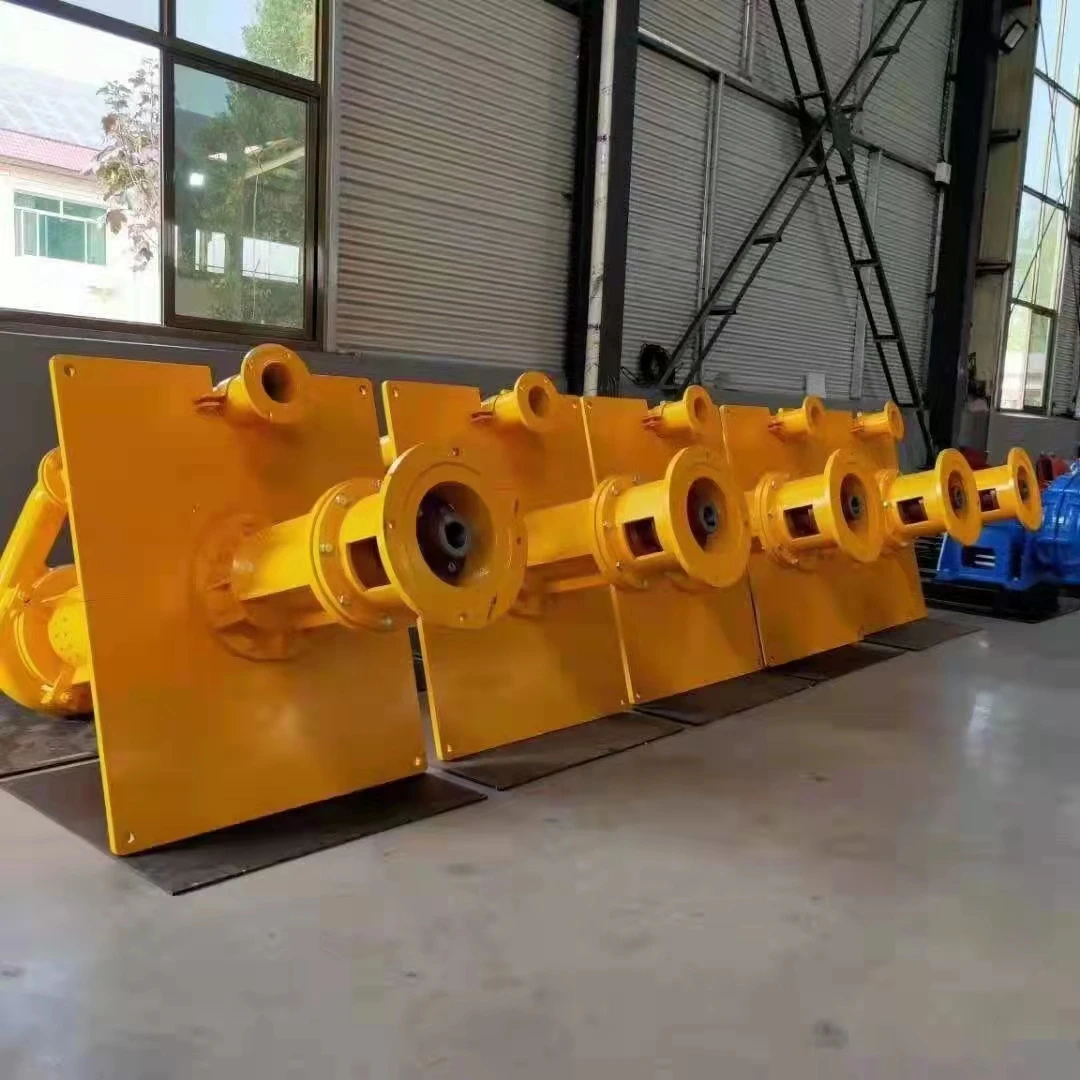
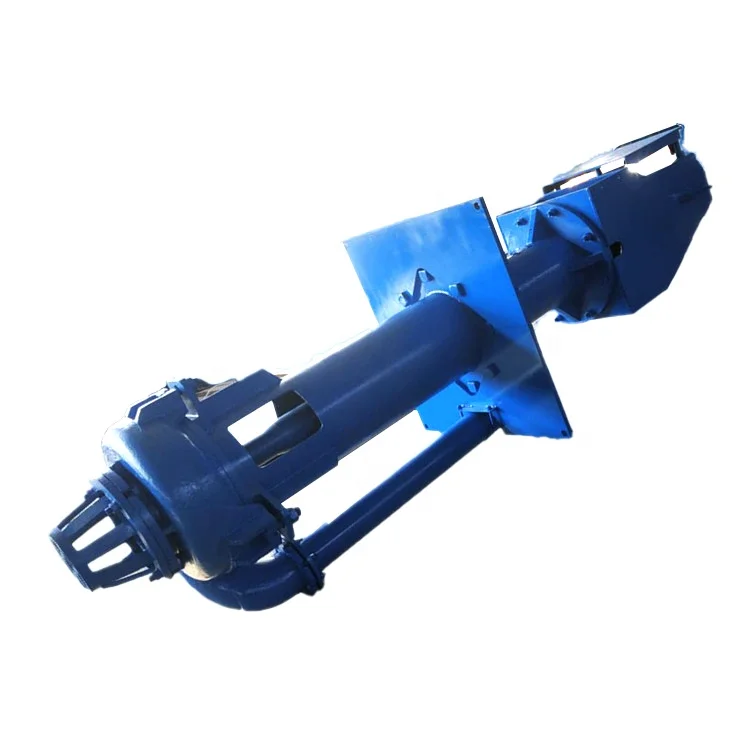
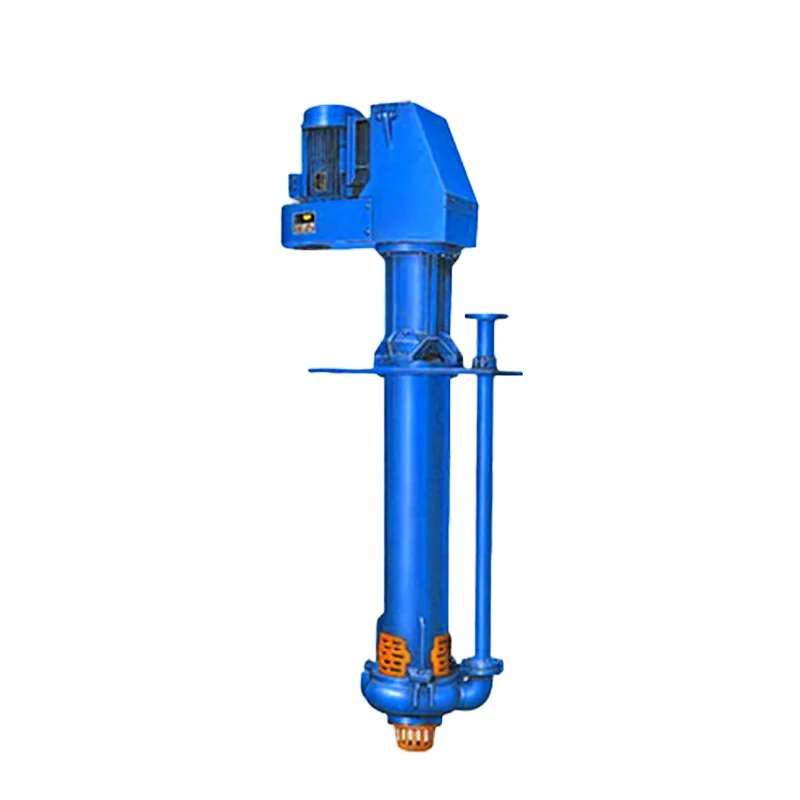
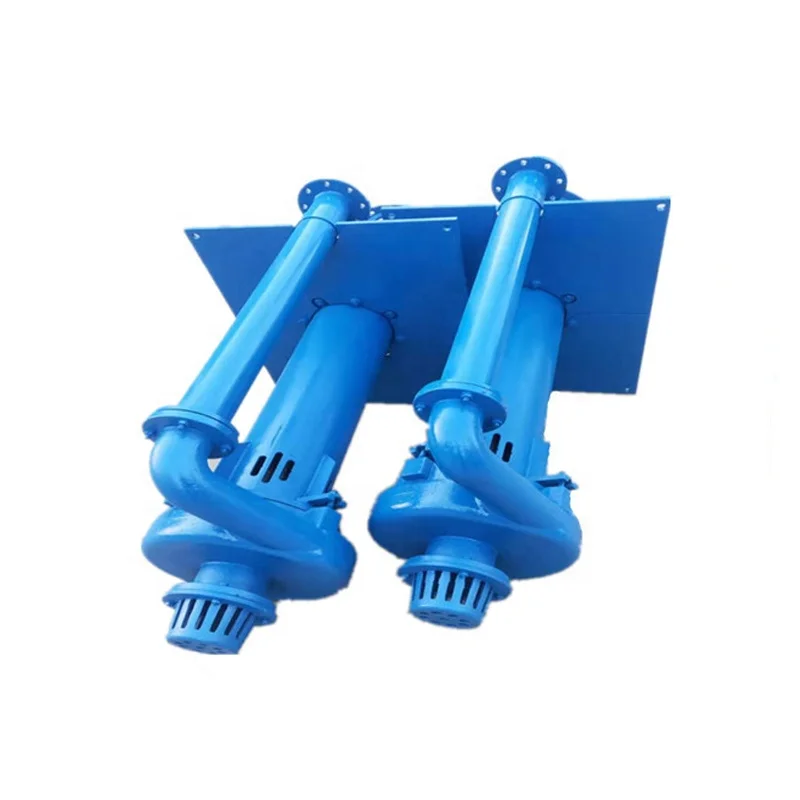




Please login to write a comment after